Upcoming Events
Latest News
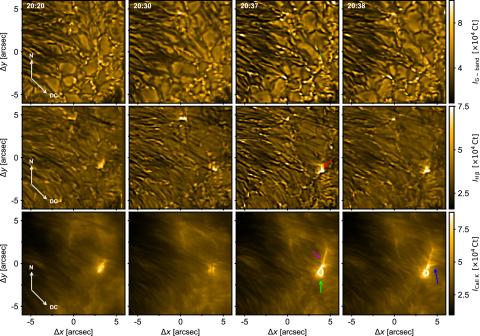
Scientists at NSF and NSF NCAR capture extremely detailed view of a microflare
NSF UCAR highlights new research that uses unparalleled data from the National Science Foundation (NSF) Daniel K. Inouye Solar Telescope (DKIST). HAO's Robert Jarolim is one of the authors.
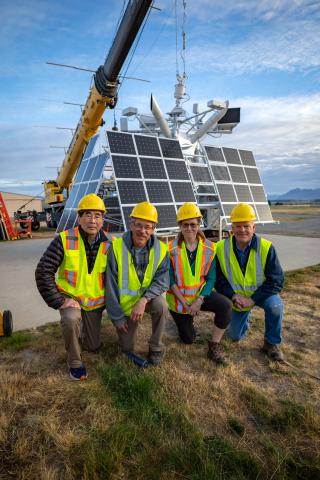
HAO's HiWind Balloon has Launched
Yesterday, the weather conditions in Wanaka, NZ proved favorable for a successful HiWind (SN11) launch. The HAO staff received this news with great jubilation. We are proud and grateful for your achievement!
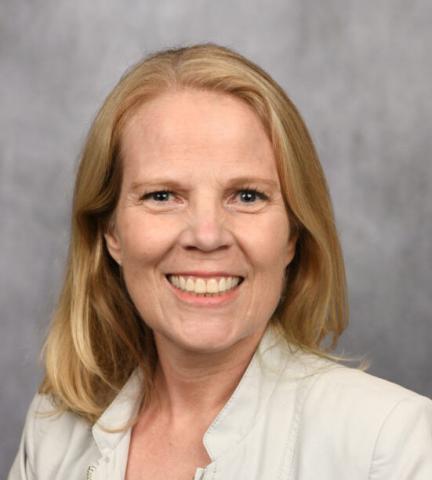
Holly Gilbert awarded the 2025 Irene González Hernández Prize
HAO is proud to announce that our director, Holly Gilbert, is the recipient of the 2025 Irene González Hernández Prize. As quoted from the SPD website announcement..."The Irene González Hernández Prize, established in 2024, celebrates mid-career scientists for transformative contributions to solar research, leadership, and community service." Congratulations Holly!
Latest Research Highlights
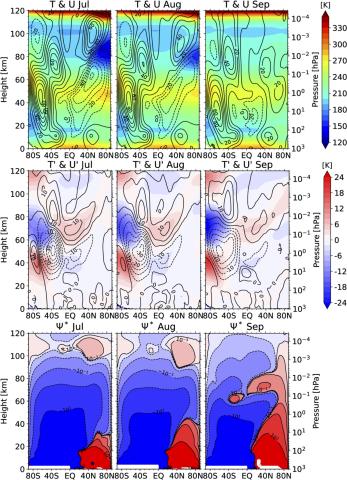
Seasonal and Interannual Variation of the Interhemispheric Coupling during the Austral Winter in WACCM6
Dai Koshin, Nick Pedatella, and Anne Smith describe the coupling between the winter stratosphere in the Southern Hemisphere and the northern upper mesosphere as seen in a long-term whole atmosphere model simulation revealing interannual variation is associated with the phase of the intraseasonal oscillation in the equatorial mesosphere and lower thermosphere.
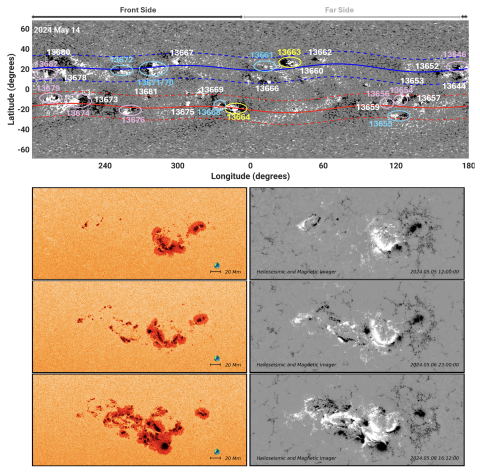
Mother's Day Superstorms: Pre- and Post-storm Evolutionary Patterns of AR 13664/8
Mausumi Dikpati, Marianna B. Korsos, Aimee A. Norton, Breno Raphaldini, Kiran Jain, Scott W. McIntosh, Peter A. Gilman, Andre S. W. Teruya and Nour E. Raouafi analyzed active region (AR) 13664 during a superactive emergence event. They conclude that this superstorm was caused by enhanced magnetic complexity occurring due to intricate interactions among multiple active regions emerging at nearly the same locations.

Impact of increasing greenhouse gases on the ionosphere and thermosphere response to a May 2024-like geomagnetic superstorm
N. M. Pedatella, H. Liu, H.-L. Liu, A. Herrington, and J. McInerney focus on understanding how changes in the background state of the upper atmosphere due to increases in CO2 alter the response of the ionosphere and thermosphere to geomagnetic storms finding that increasing levels of CO2 generally result in a weaker response of the ionosphere and thermosphere to geomagnetic storms in absolute terms, while their relative responses enhance at higher CO2 levels.